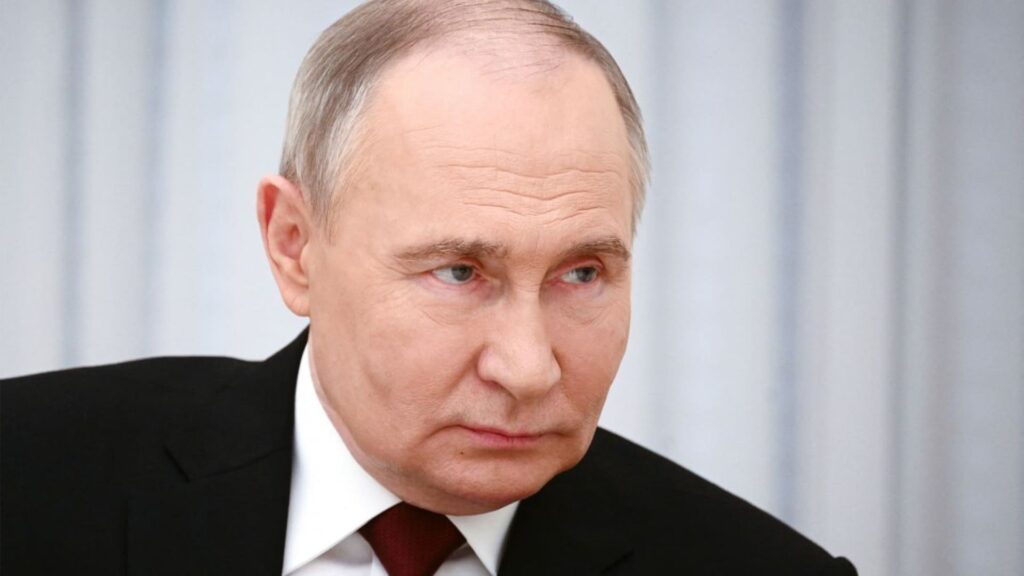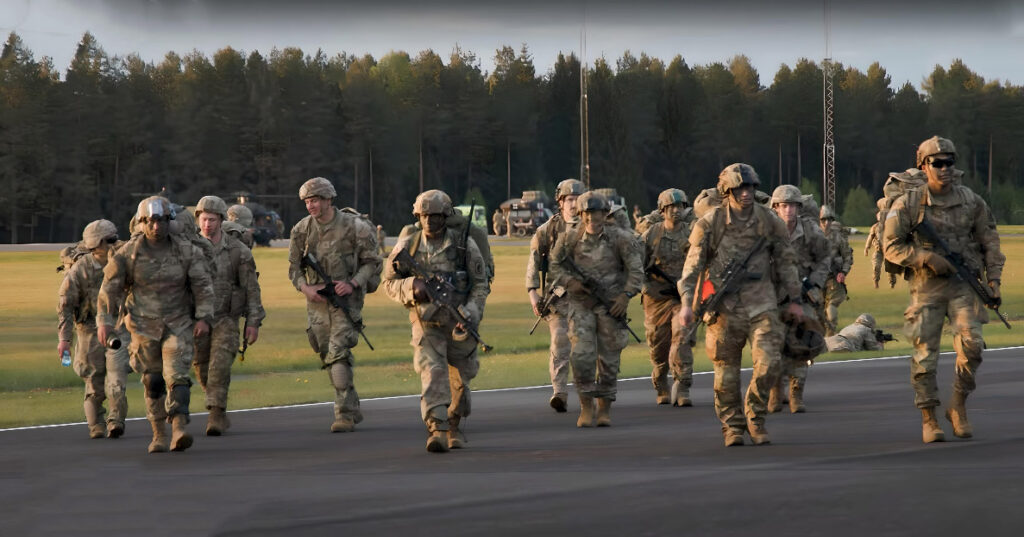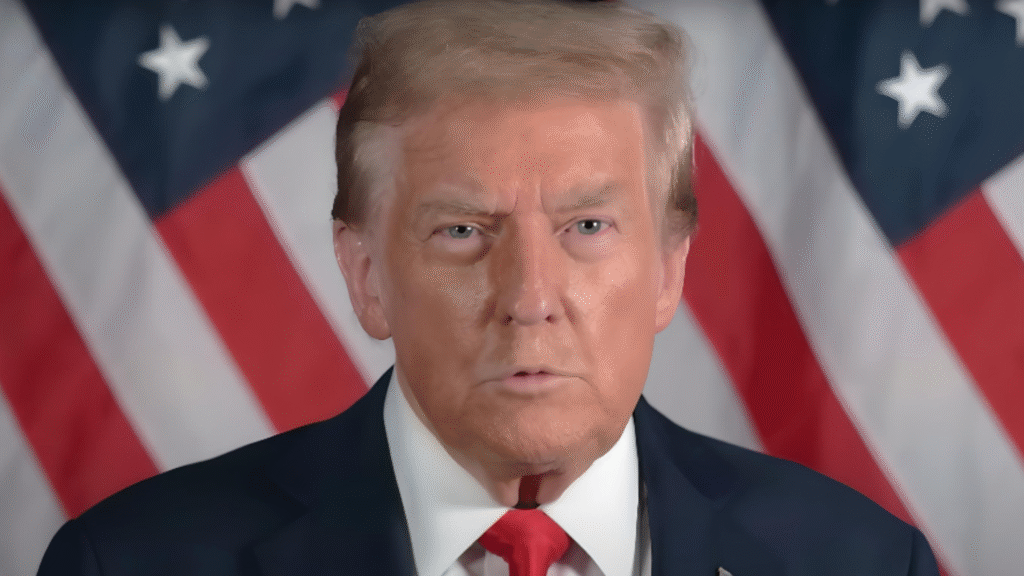On July 14, 2025, U.S. President Donald Trump is expected to unveil a major defense initiative that includes the delivery of advanced offensive weapons to Ukraine. According to Axios, the package will feature long-range precision missiles capable of striking targets deep beyond the frontlines, as well as additional munitions for Patriot air defense systems.
The move follows a phone conversation between Trump and Russian President Vladimir Putin on July 3. Sources familiar with the call say Putin made it clear that Russian forces would ramp up their military operations over the next 60 days. His stated goal: to fully secure the administrative borders of the Donetsk and Luhansk regions.
Since the start of the summer, fighting has intensified significantly. The area around the city of Pokrovsk has become a flashpoint, with over 110,000 Russian troops reportedly massed there. Ukrainian military officials describe this front as the most active. Commander-in-Chief of Ukraine’s Armed Forces, Oleksandr Syrskyi, confirmed that Russian troops have gained over 500 square kilometers since June, advancing 10 to 12 kilometers per day in some areas. The Russian military is employing unconventional tactics, relying on small assault units using motorcycles and scooters to reduce vulnerability to FPV drones.
Back in March, AP News reported that Russia was preparing a multi-directional offensive across a 1,000-kilometer front line—an operation that could extend throughout the remainder of 2025.
The planned U.S. aid includes deliveries of ATACMS tactical missiles, known for their range and precision, significantly enhancing Ukraine’s strike capabilities. Much of the funding is expected to come from allied nations. Germany and Norway have already pledged to finance three Patriot air defense systems. Meanwhile, President Trump is insisting that European partners cover a larger share of total costs. Sources note Washington’s dissatisfaction with the current spending ratio: the U.S. has contributed approximately $350 billion, while the combined European effort amounts to just $100 billion.
The decision to supply offensive weapons reflects not only the escalating conflict but also Washington’s intent to demonstrate resolve. With diplomatic channels yielding little progress, the Trump administration is betting on a show of strength and technological superiority to shift the battlefield dynamics and influence the conflict’s trajectory.



